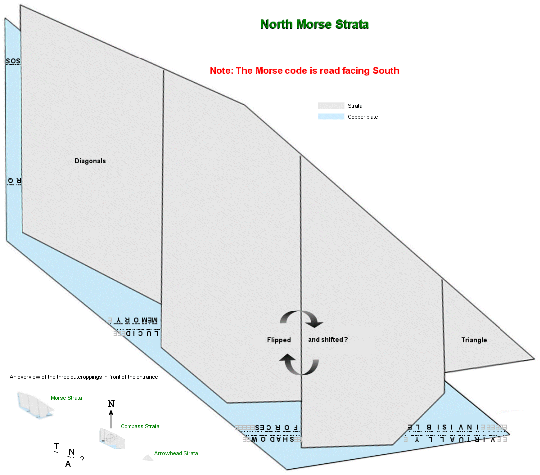▉ Fermat quotients have been mentioned several times in this blog. The definition is
\begin{equation}q_p(2) = \frac{2^{p-1}-1}{p},\;\;p \in \mathbb{P} \end{equation} One can extend this definition to composite integers $n$, which are called Euler quotients. \begin{equation} q^*_n(2) = \frac{2^{\varphi(n)}-1}{n},\;\;n \in \mathbb{N} \end{equation} In this short post, i would like to demonstrate the power of these Euler Quotients.
Suppose you have an Oracle $\mathcal{O}$ that, given an integer $n$, returns $q^*_n(2)$. Only one such query is allowed. We treat $q^*_n(2)$ simply as a binary string and show that this string contains enough information to compute things that are otherwise hard to compute.
Therefore we assume that $n=p\cdot q$, for two distinct primes $p,q$ of the form $p \equiv q \equiv 7\pmod{8}$ and $2$ has order exactly $(p-1)/2$ and $(q-1)/2$ respectively.
Then you can use the $q^*_n(2)$ to compute the following information:
1. Factorization of $n$. The term $(2^{\varphi(n)}-1)$ is an integer with $\varphi(n)$ bits. If we let $m$ be the bitlength of $n$, we can conclude that $q^*_n(2)$ is an integer of length $\varphi(n)-m-1$. Hence we get
2. Class number h(-p). Point 1 was not particularly surprising. However one could compute the class number $h(-p)$, which is related to the Hamming Weight (HW) of $q^*_n(2)$. (Note: $h(-q)$ can not be computed in this way, due to the Legendre symbol $\binom{p}{q} = 1$). The relationship is \begin{equation} \frac{\text{HW}(q^*_n(2))}{4} = \frac{\varphi(n)}{8} - \frac{h(-p)}{2} \end{equation} hence
3. Class number h(-n). The class number is related to the number of "real" quadratic residues $<n/4$, i.e. all integers $<n/4$ with $\binom{i}{q}=\binom{i}{p}=1$. Therefore, counting the number of consecutive pairs of $0$s in the binary representation of $q^*_n(2)$ is sufficient. We denote this with $C(q_n^*(2), [0, 0])$. However, we must prepend leading zeros to the binary representation of $q_n^*(2)$ so that its length is exactly $\varphi(n)$.
4. Class number h(-q). Here we do a little trick. We multiply $q^*_n(2)$ by $p$ and then compute its Hamming weight:
= \frac{q-1}{2} - \frac{\text{HW}(p\cdot q^*_n(2))}{p-1}
= h(-q)
\end{align}
Note: For all information above ($\varphi(n), h(-p), h(-q), h(-n))$ that we got from $q^*_n(2)$ there exist no efficient algorithm if $n$ is large (except in special cases).
Example





